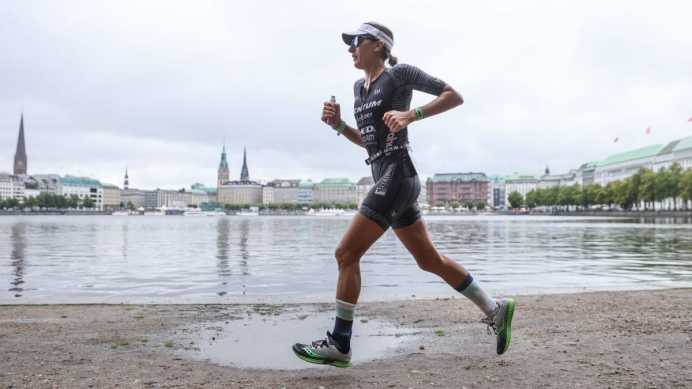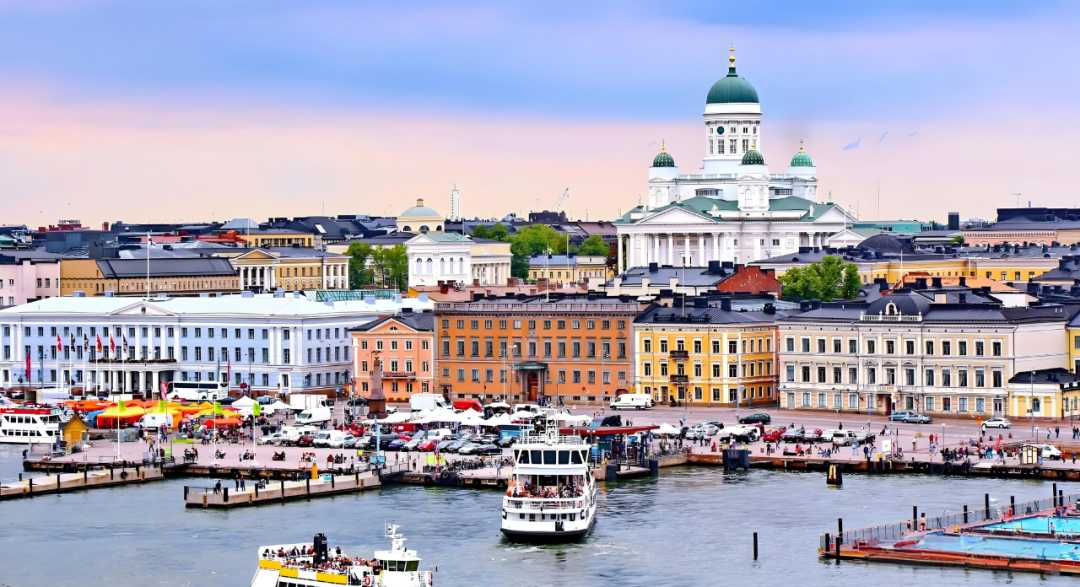
Hamburg has revealed an ambitious proposal for a Summer Olympics and Paralympics bid—15 years after its last attempt—featuring a floating venue on the iconic Binnenalster lake in the city center. The plan aims to redefine urban Olympic experiences, drawing inspiration from Paris 2024’s stadium-breaking innovations.
The vision aligns with a broader national strategy led by the German Olympic Sports Confederation (DOSB), which is exploring bids for 2036, 2040, or 2044 Games. Hamburg’s pitch emphasizes immersion and symbolism, positioning the port city as a pioneer of “urban-centric” events that integrate sports with landmark locations.
Hamburg, which lost the 2024 bid, now competes domestically against Berlin (partnering with Leipzig), Munich, and the Rhine-Ruhr metropolitan area. DOSB board member Volker Bouffier told Bild in late April that a German candidate city won’t be chosen until autumn 2026. He also ruled out a European 2036 bid, stating, “It’s not Europe’s turn yet.”
The floating Binnenalster venue highlights Hamburg’s focus on legacy and sustainability—key themes in modern Olympic bids. If selected, the city hopes to avoid traditional mega-stadiums, instead using temporary infrastructure that repurposes public spaces, mirroring Paris 2024’s Seine-based ceremonies.
With 10+ years until a potential 2036 Games, Hamburg’s early proposal signals Germany’s long-term Olympic ambitions. As the DOSB delays its decision, the race to become Germany’s candidate will likely intensify, with each city pushing unique visions for hosting the world’s biggest sports event.





